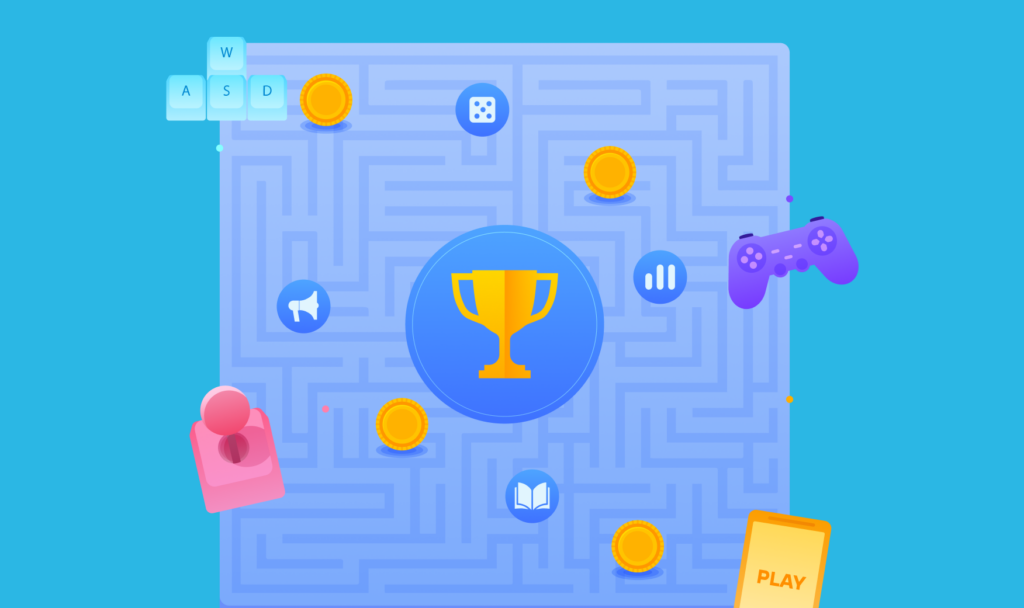Education
Education is evolving, and one exciting way it’s changing is through the adoption of gamification.
Gamification is like turning your textbooks into treasure maps! In a recently published article, we discussed the key components of gamification in education and highlighted platforms ready for adoption.
Did you miss the article? Now pause, click here and read first.
Gamification isn’t just a trendy phrase; it’s a valuable tool for educators and institutions seeking to ignite enthusiasm in learning. Educators play a pivotal role in creating this enchanting environment. By infusing game-like elements into teaching methods, they transform learning experiences such as learning new facts, into an immersive experience. Imagine algebra turning into exhilarating puzzle-solving missions, or history becoming a captivating time-travel expedition!
So how can educators incorporate gamification in education?
Integrating game-like elements and strategies into lessons is the key. Think of achievements and badges as digital trophies, with success measured not just in grades but in conquering levels and overcoming challenges.
Gamification extends beyond individual accomplishments; it fosters a sense of camaraderie among students. Classmates become allies, collaborating to tackle quests and celebrating shared victories. Learning becomes a collaborative effort, nurturing teamwork in the pursuit of knowledge.
The beauty of gamification lies in its adaptability. Educators can tailor the experience to suit individual learning styles. Students get to choose their paths, select characters, and decide on quests, transforming education into a personalised adventure.

Educators and educational institutions can incorporate the following strategies to make the learning experience more engaging and effective for students:
- Set clear learning objectives: Define what students must learn and the skills to acquire.
- Choose appropriate game elements: Select game elements like points, levels, rewards, and challenges that align with the learning goals.
- Create interactive content: Design lessons, quizzes, or activities that encourage active participation and problem-solving.
- Provide feedback: Offer timely feedback to help students understand their progress and areas for improvement.
- Encourage collaboration: Incorporate teamwork and competition to promote interaction among students.
- Track progress: Use data and analytics to monitor student performance and adapt your gamified approach as needed.
- Reward achievements: Recognise and reward students for their accomplishments, motivating them to continue learning.
- Iterate and improve: Continuously assess and refine your gamification strategies based on student feedback and results.
Gamification makes Education an exciting and rewarding journey for all students. By applying the above steps and adopting technology, Educators can create a more engaging and effective learning environment. This will foster student motivation and knowledge retention.
Got an Educational project or a product in mind? Or would you like to develop a solution that addresses a problem in the field of Education and e-learning? Send an email to daniel[at]studio14.co.uk to begin your journey to building something special! Follow us on LinkedIn, Instagram, and Twitter for more tips.